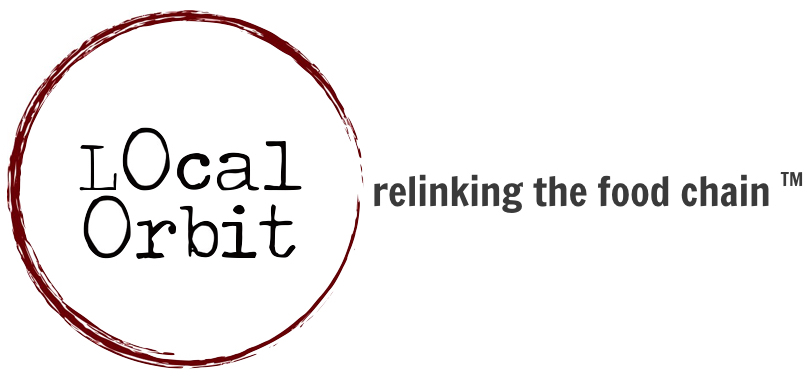Business Model Generation & Budgeting
Sales targets & reporting
Creating sales goals and a corresponding sales process is a natural part of growing your business and achieving a solid and sustainable sales volume for your operations and for your producers. Having goals enables you to put simple, repeatable processes in place to achieve them. To monitor your goals, you will need to have good tools to keep a close eye on your sales data.
Document your intentions for month over month and year over year growth. Apply sales goals based on this intention, and structure them in weekly, monthly and yearly segments. Once you have completed this outline, you can work backwards to see what needs to be done on a daily basis to achieve those goals. How many prospective customers do you need to research per week to create a pipeline? (Use the criteria you established in the Know your customers section.) How many prospective customers do you need to call, email, or visit per week?
Your goals and metrics should be more than just dollars sold and number of customers acquired. Track the revenue of the operation for each customer to determine who is the most profitable. It could be worthwhile to develop specifics goals for a certain region or for a certain type of customer, such as schools.
Make sure your goals are measurable. Use software like Local Orbit or spreadsheets to generate sales reports with indicators that relate to your sales goals metrics. Useful indicators include sales per day, sales per farmer, average sales per customer, sales per delivery route, number of new customers, your top 10 biggest customers.
Survey customers in a trackable way, using tools like Survey Monkey or Google Forms, or casually on the phone or when you cross paths. And it can be helpful to go out of your way to cross paths, say by going out to eat at a customer’s restaurant.
As you plan how customers will order, consider some of the ordering process questions we bring up in Operations & Logistics section.
